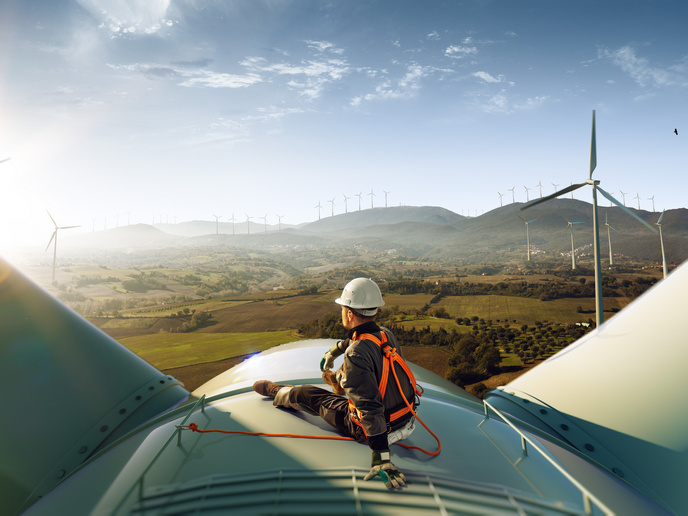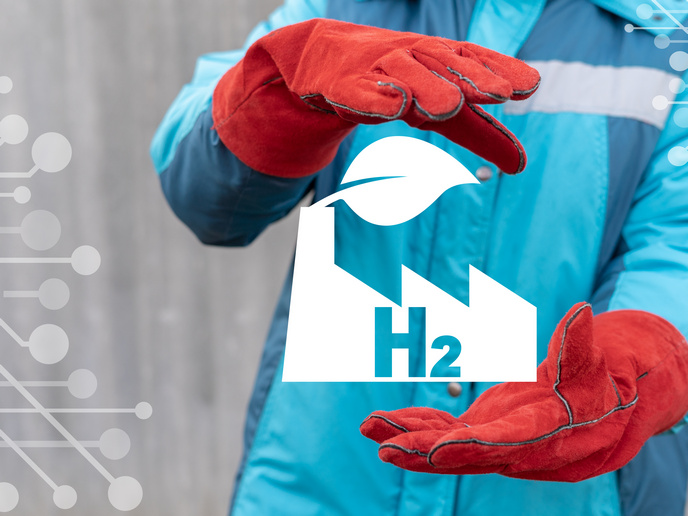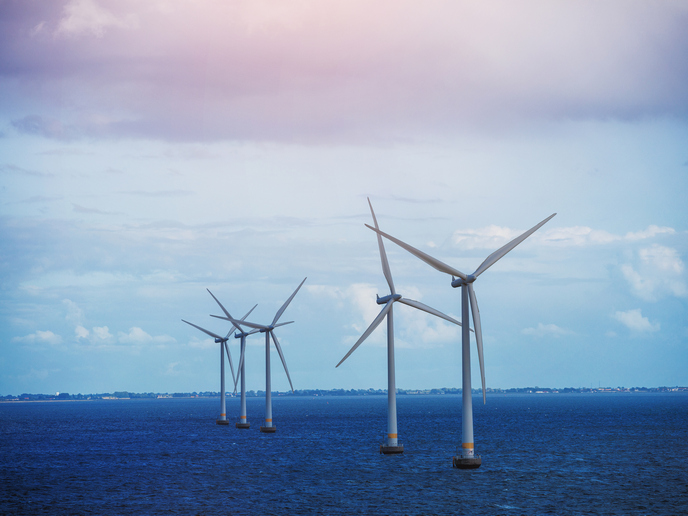Introducing the self-floating foundations of offshore power
Wind power represents one of the most stable forms of renewable energy and is becoming a crucial part of Europe’s energy system. Using turbines located offshore rather than on land, has some distinct advantages. The EU is helping to stimulate development in the area and has supported innovation by SMEs, such as Spain’s Esteyco. Their EU-funded ELISA project, completed in May 2017, has developed an easy-to-install concrete foundation for a novel offshore wind turbine prototype. “Offshore wind turbines tend to be more efficient than onshore because offshore wind speed and direction are more consistent. This means fewer turbines are needed to provide the same amount of electricity,” explains José Serna, Chief Technology Officer of Esteyco and ELISA coordinator. “Additionally, offshore turbines are less visible and do not interfere with land use.” But one of the biggest technological challenges is installing turbines offshore. Up to now this has depended on scarce heavy-lift vessels which install the foundation on the seabed and lift the turbine and tower elements to their final position. This is particularly difficult for water depths of more than 45 metres, where heavy steel foundations are needed. Esteyco’s solution is a self-installing telescopic tower and foundation that for the first time allows a crane-free offshore installation of foundation, tower, and turbine. This involves a novel self-floating foundation system, with an integrated auto-lift telescopic tower. It can be fully assembled on-harbour. The telescopic configuration of the tower brings down the centre of gravity during the towed self-floating transport, allowing the bottom foundation platform to temporarily act as a floating barge. Once ballasted to rest on the seabed, the tower can be lifted to its final position by means of cables and conventional jacks. “It is a system which is excellently suited to the next generation of offshore wind turbines. It is based only on conventional and readily available equipment which makes it an easily scalable technology,” says Serna. The ELISA project funded the detailed design and construction of the self-floating concrete foundation for Esteyco’s new offshore wind tower technology. It was part of a full scale 5 MW prototype built in the Canary Islands. The project covered the tower base and bottom section and it has been fully certified and tested. The self-floating capability was validated through a number of tests. The new turbine needs only conventional harbour tugs (with 60 tonne pulling power) to tow it to its offshore position. There is also a reduction in maintenance costs when using a prefabricated concrete base, rather than steel, which needs replacing every 5 years. “We estimate our new design will reduce the total costs of construction and installation by more than 30 %,” says Serna, “and this should favour increased use of offshore wind power.” The prototype will be fully operational by June 2018 and will then be the first bottom-fixed offshore wind turbine installed without heavy-lift vessels. An 8 MW and 12 MW version are also being planned. Esteyco is carrying out further development work and then hopes to find commercial partners to help launch the new turbine design into the market. Serna says they have been approached by several interested parties.
Keywords
ELISA, Esteyco, offshore wind power, wind turbine design, self-floating foundation







